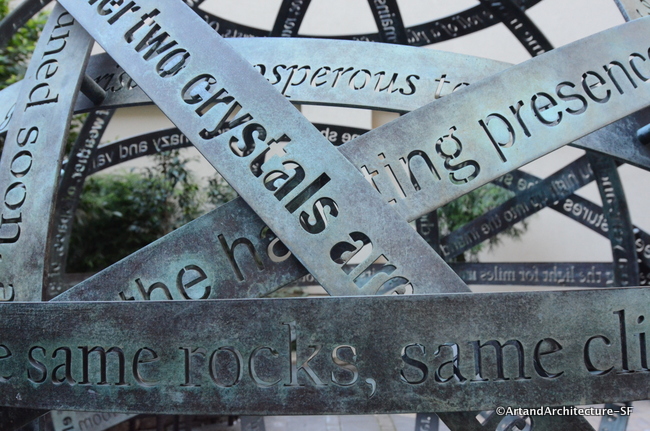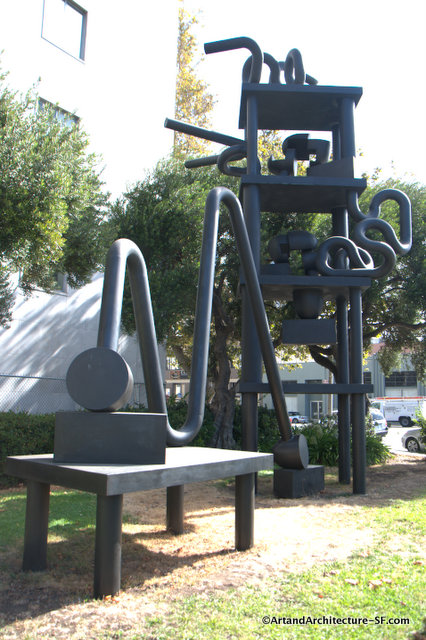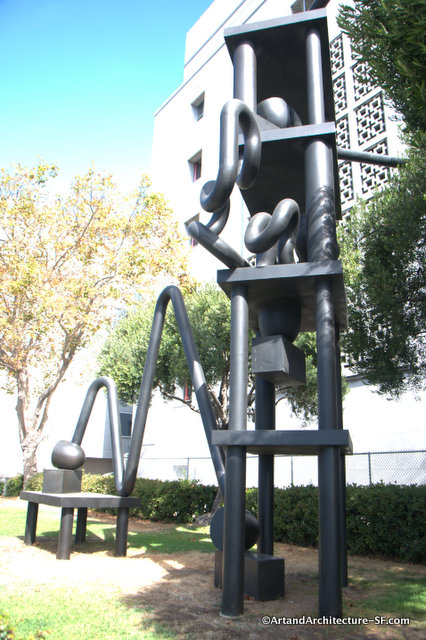600 Block of Commercial Street at Kearny
Empire Park
Chinatown
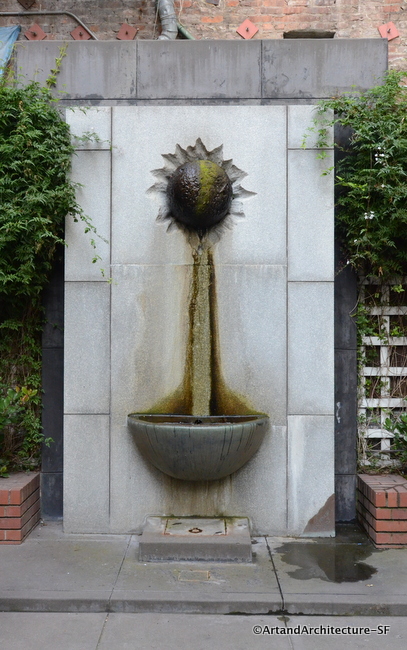
Empire Park (once called Grabhorn Park) is a POPOS (privately-owned public open space). It is provided and maintained by, The Empire Group, owners of 505 Montgomery Street. The spire perched atop 505 Montgomery is said to be a replica of the Empire State Building, but that is most likely because a giant inflatable gorilla was hung from the spire to announce the opening of the building.
This tiny little park is an oasis on a beautiful, carless portion of Commercial Street. The delightful water feature is by Pepo Pichler and is the focal point of the courtyard. In the spring, the entrance is draped in white wisteria. Other highlights are gigantic tree ferns planted throughout and potato vines climbing up the surrounding buildings.
Pepo Pilcher was born in 1948 in Klagenfurt, Austria. He studied at the Vienna Academy of Fine Arts. He moved to San Francisco in 1975 and now commutes between Austria and San Francisco.
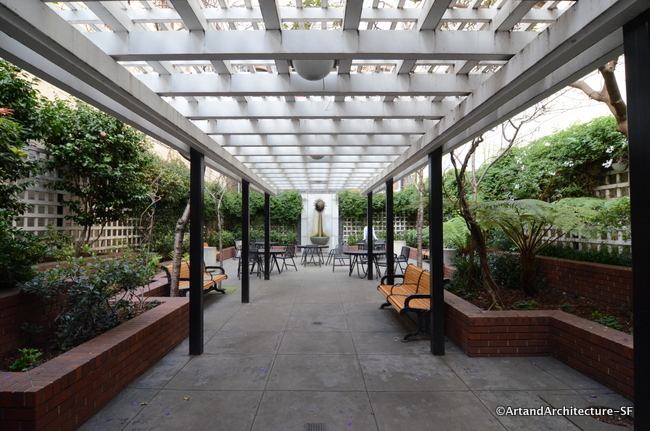
This street holds so much San Francisco History:
Not far from Empire Park at 650/652 Commercial Street is the former site of the Eureka which was once the site of the Eureka Lodgings, where, paying 50 cents a day, Emperor Norton lived for 17 years, from sometime in either late 1862 or early 1863 until his death in January of 1880.
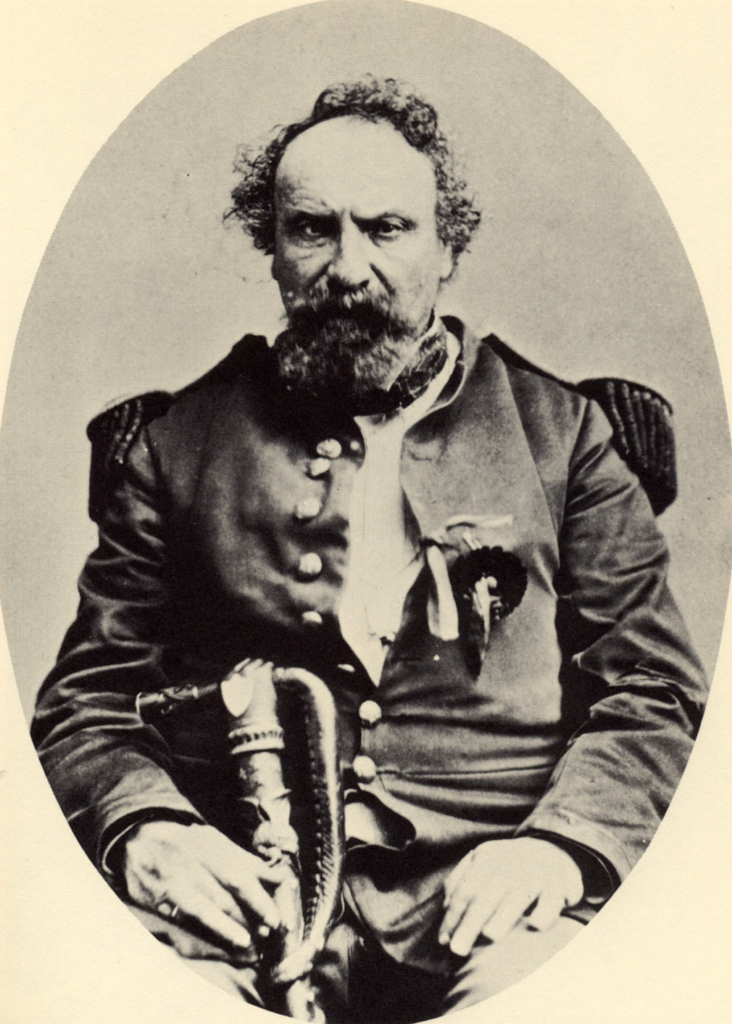
Emperor Norton in the 1870s. (Source – Collection of the California Historical Society)
In the newspaper offices of The San Francisco Call Building, next door at 636 Commercial one could have found Mark Twain writing at his desk on the 3rd floor during his 18-month tenure in the 1860s, or Bret Harte, working for the Mint just one floor down in sublet offices on the second floor.
Twain once wrote of Emperor Norton: “Oh, dear, it was always a painful thing to me to see the Emperor (Norton I., of San Francisco) begging; for although nobody else believed he was an Emperor, he believed it. … What an odd thing it is, that neither Frank Soulé, nor Charley Warren Stoddard, nor I, nor Bret Harte the Immortal Bilk, nor any other professionally literary person of S.F., has ever “written up” the Emperor Norton. Nobody has ever written him up who was able to see any but his (ludicrous or his) grotesque side; but I think that with all his dirt & unsavoriness there was a pathetic side to him. Anybody who said so in print would be laughed at in S.F., doubtless, but no matter, I have seen the Emperor when his dignity was wounded; and when he was both hurt & indignant at the dishonoring of an imperial draft; & when he was full of trouble & bodings on account of the presence of the Russian fleet, he connecting it with his refusal to ally himself with the Romanoffs by marriage, & believing these ships were come to take advantage of his entanglements with Peru & Bolivia; I have seen him in all his various moods & tenses, & there was always more room for pity than laughter. He believed he was a natural son of one of the English Georges–but I wander from my subject.”
– letter to William Dean Howells, September 3, 1880
Despite this letter, Twain would later base the character of “The King” in The Adventures of Huckleberry Finn, on Emperor Norton.
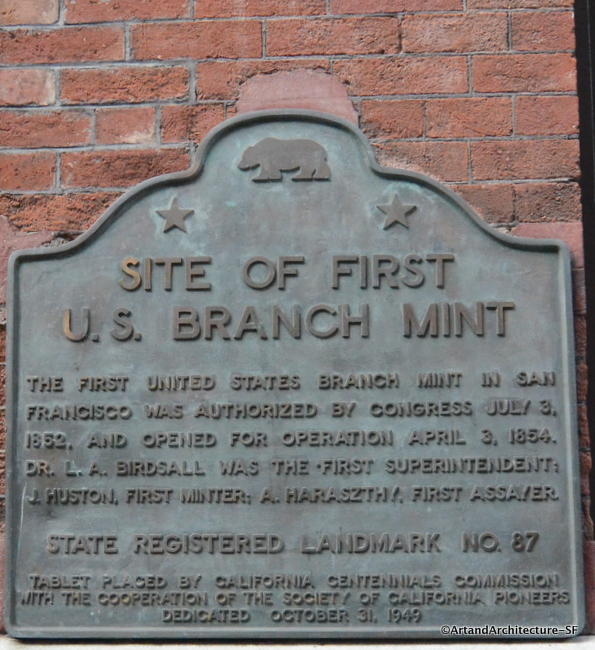
608 Commerical Street:
The original mint is no longer there. At present, the home of the San Francisco Historical Society occupies the 1875 U.S. Subtreasury Building, which was built after the original mint building was demolished.
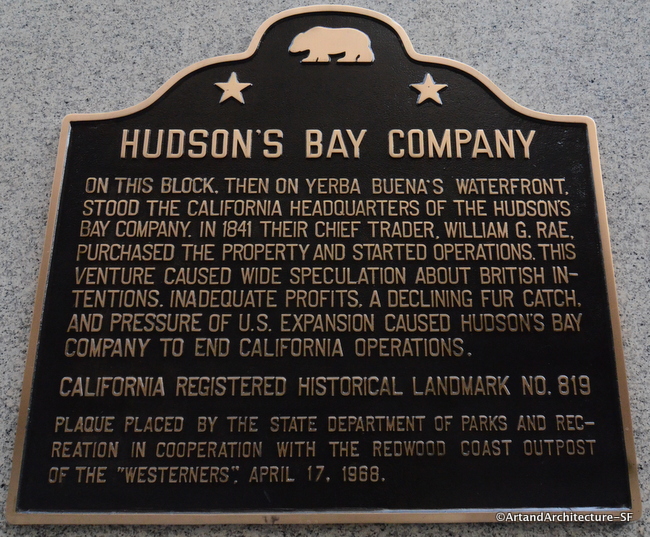
Privately-owned public open spaces (POPOS) are publicly accessible spaces in forms of plazas, terraces, atriums, small parks, and even snippets that are provided and maintained by private developers. In San Francisco, POPOS mostly appear in the Downtown office district area. Prior to 1985, developers provided POPOS under three general circumstances: voluntarily, in exchange for a density bonus, or as a condition of approval. The 1985 Downtown Plan created the first systemic requirements for developers to provide publicly accessible open space as a part of projects.
The Downtown Plan also established the “1% Art Program” which is how the fountain came to be.
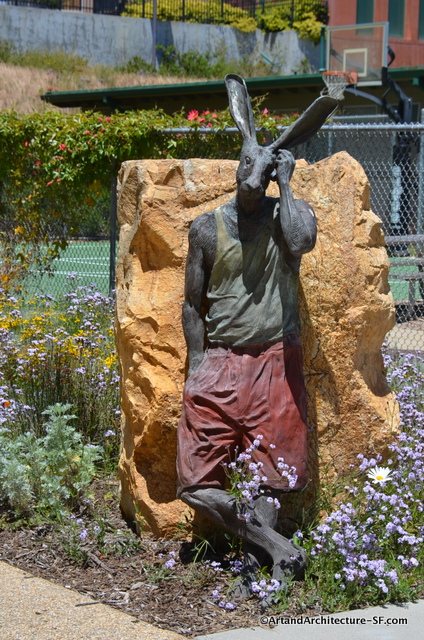
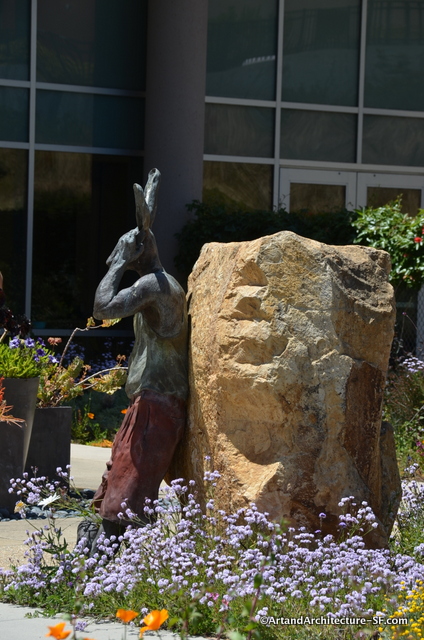
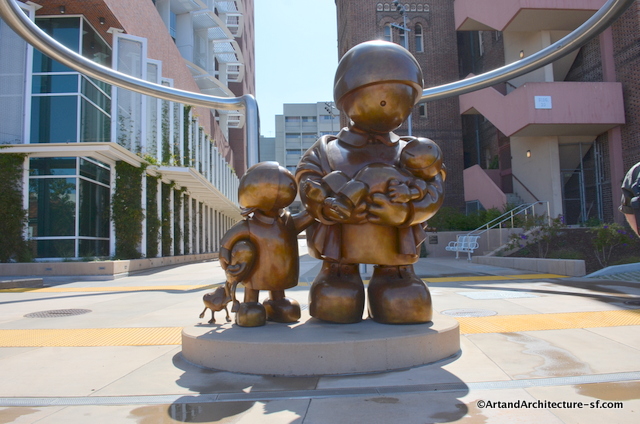
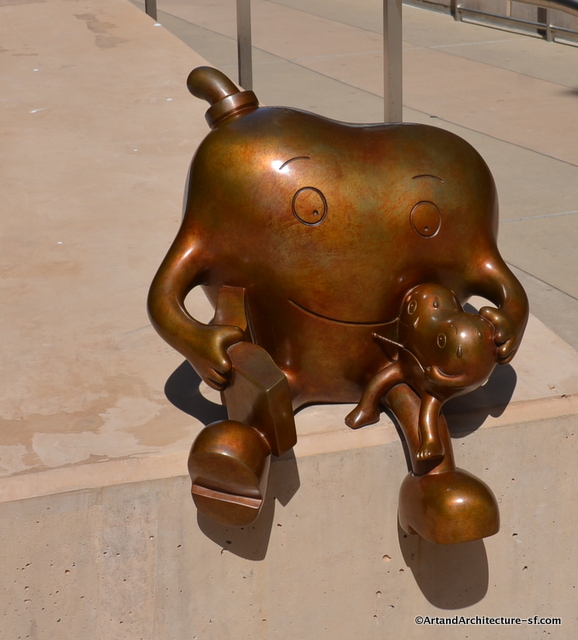
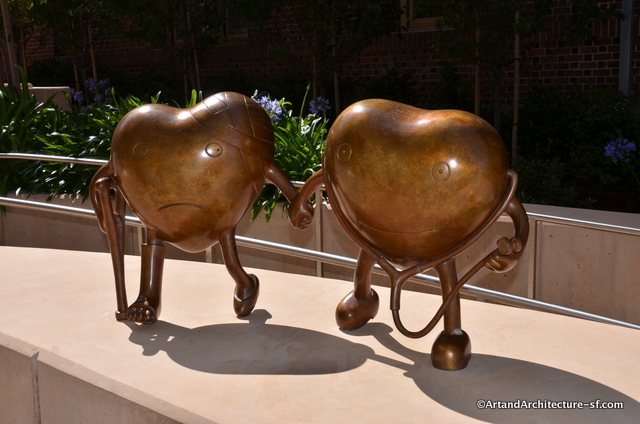
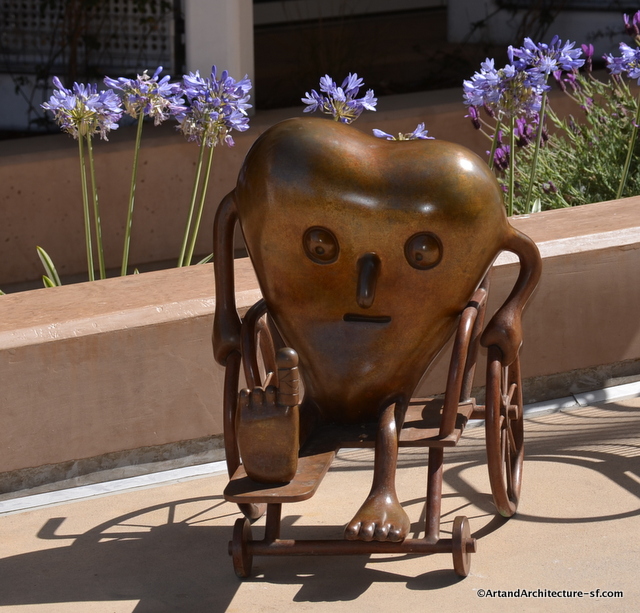
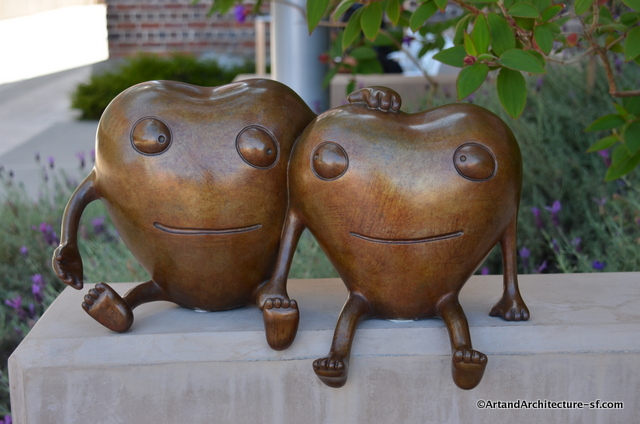
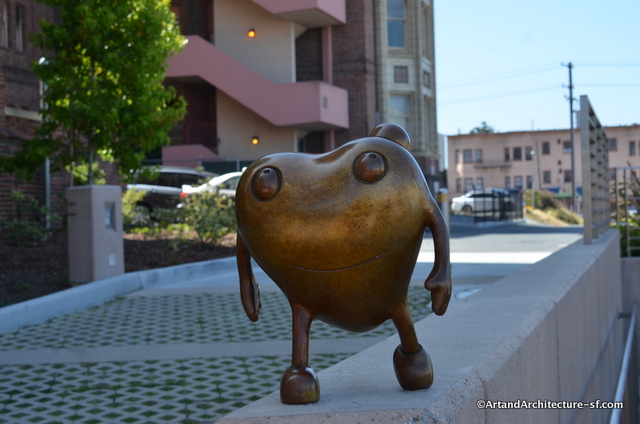
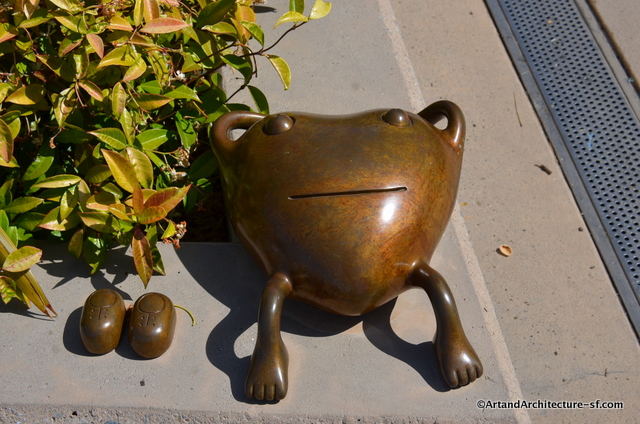
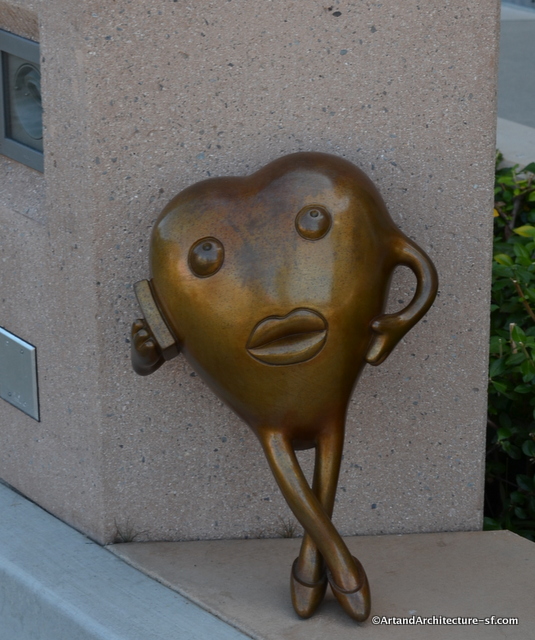




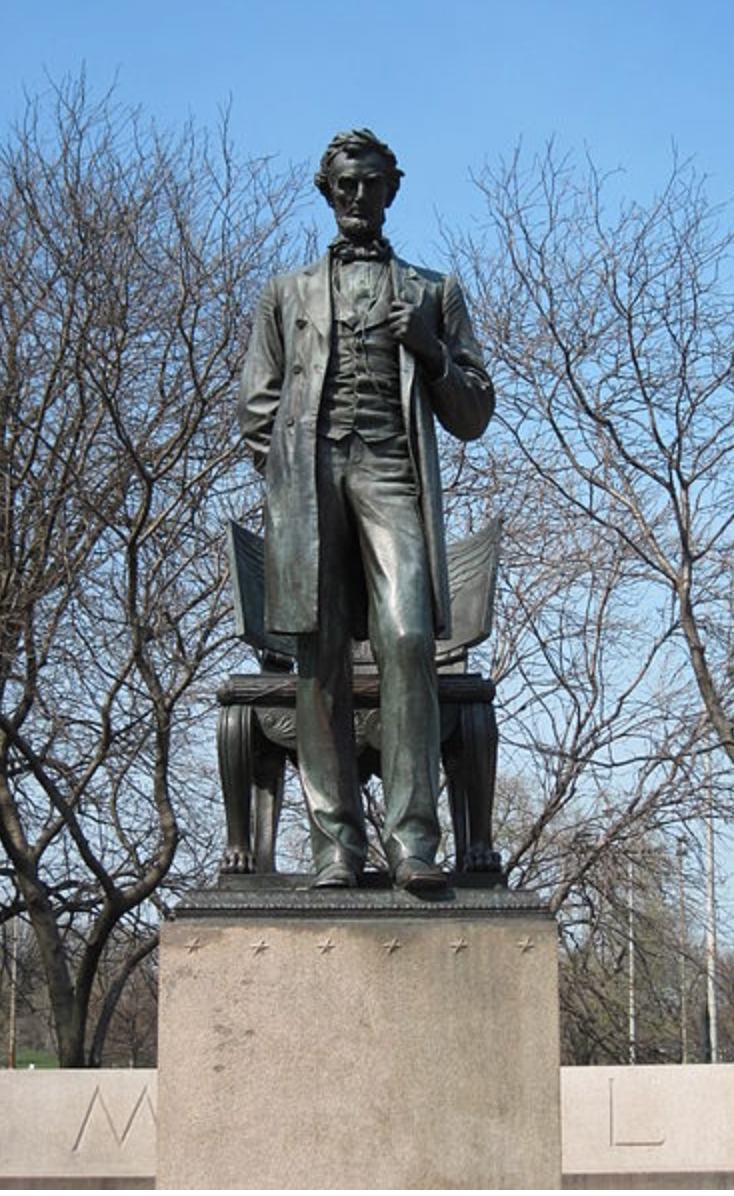
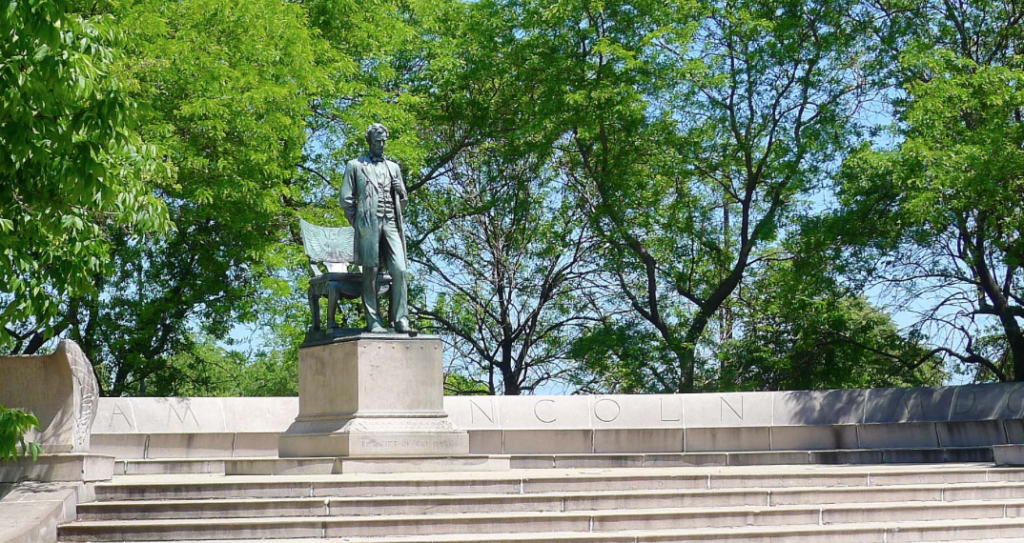 Architect, Stanford White, of the New York firm of McKim, Mead and White, designed the monument’s base. He added the long, curving exedra bench to encourage visitors to sit and enjoy the statue,
Architect, Stanford White, of the New York firm of McKim, Mead and White, designed the monument’s base. He added the long, curving exedra bench to encourage visitors to sit and enjoy the statue,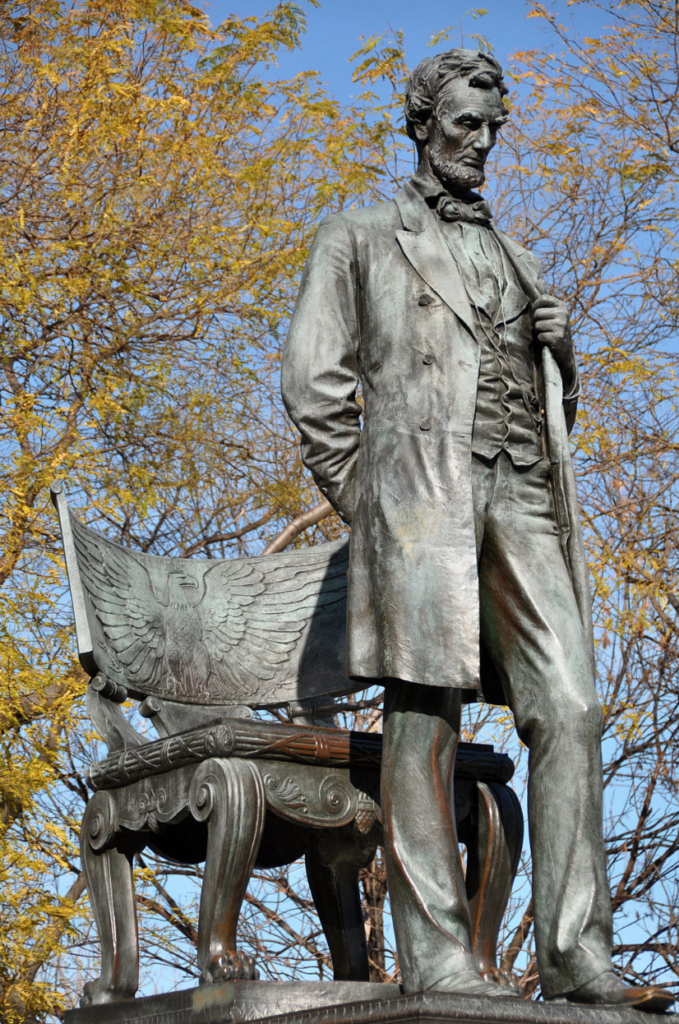
 According to the Chicago Parks Department:
According to the Chicago Parks Department: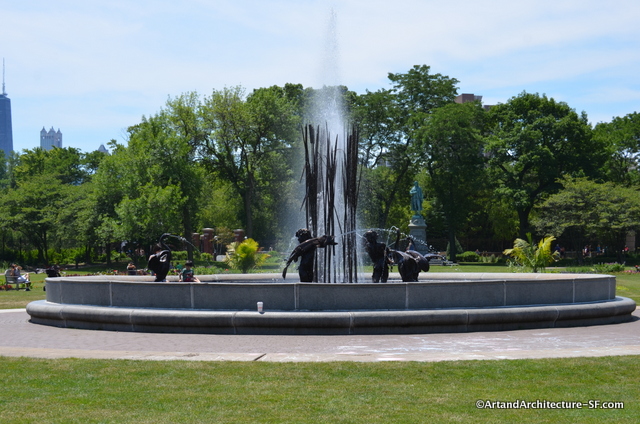 This whimsical fountain is known as both the Eli Bates Fountain and “Storks at Play”.
This whimsical fountain is known as both the Eli Bates Fountain and “Storks at Play”.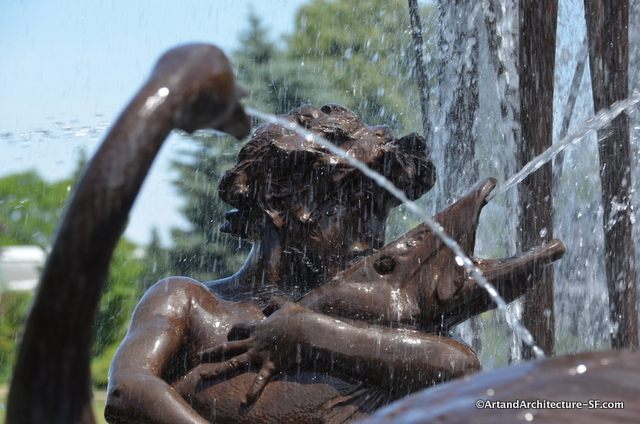 The figures for the fountain were cast by the Henry-Bonnard Bronze Company of New York.
The figures for the fountain were cast by the Henry-Bonnard Bronze Company of New York.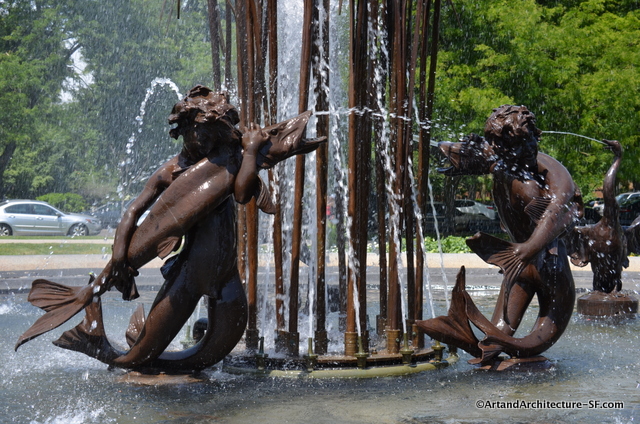 In 1888, Stanford White helped MacMonnies win two major commissions for garden sculpture, a decorative Pan fountain sculpture for Rohallion, the New Jersey mansion of banker Edward Adams, and a work for ambassador Joseph H. Choate, at Naumkeag, in Stockbridge, Massachusetts.
In 1888, Stanford White helped MacMonnies win two major commissions for garden sculpture, a decorative Pan fountain sculpture for Rohallion, the New Jersey mansion of banker Edward Adams, and a work for ambassador Joseph H. Choate, at Naumkeag, in Stockbridge, Massachusetts.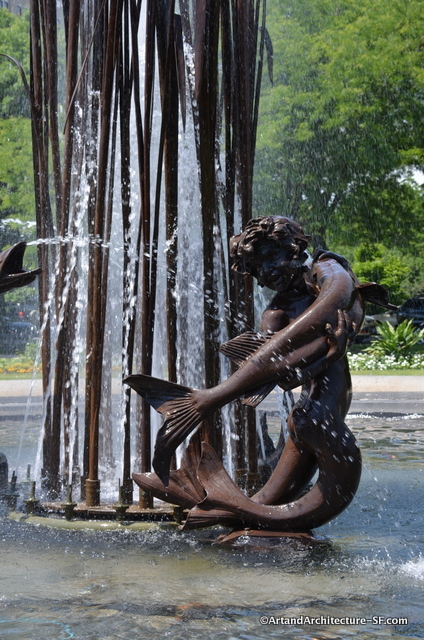 In 1894, Stanford White brought MacMonnies a commission for three bronze groups for the Soldiers and Sailors Memorial Arch in Brooklyn’s Grand Army Plaza.
In 1894, Stanford White brought MacMonnies a commission for three bronze groups for the Soldiers and Sailors Memorial Arch in Brooklyn’s Grand Army Plaza.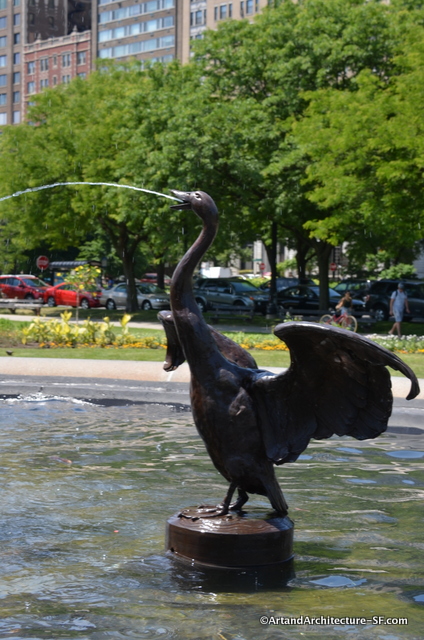
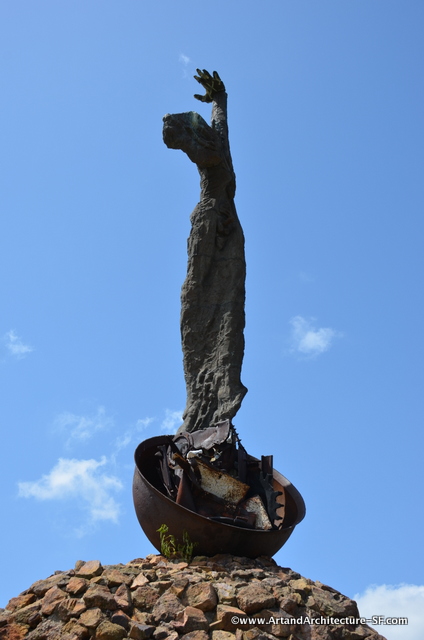
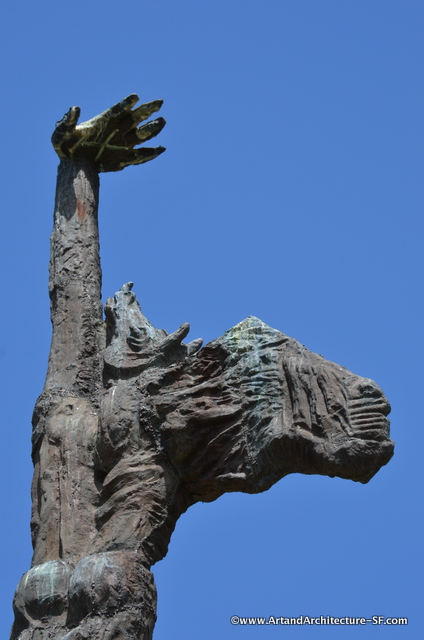
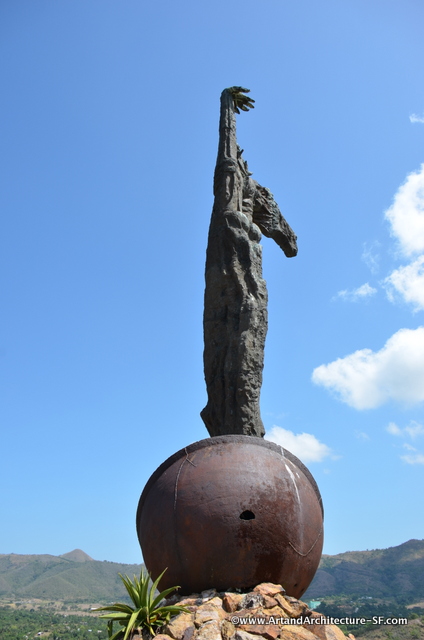
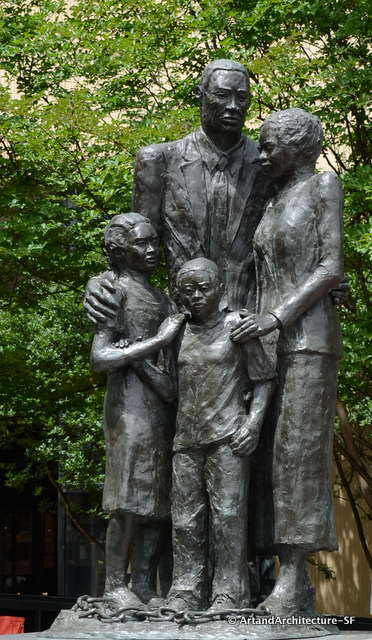
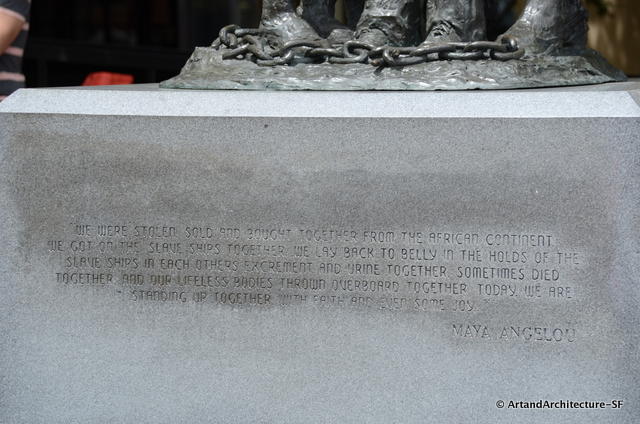
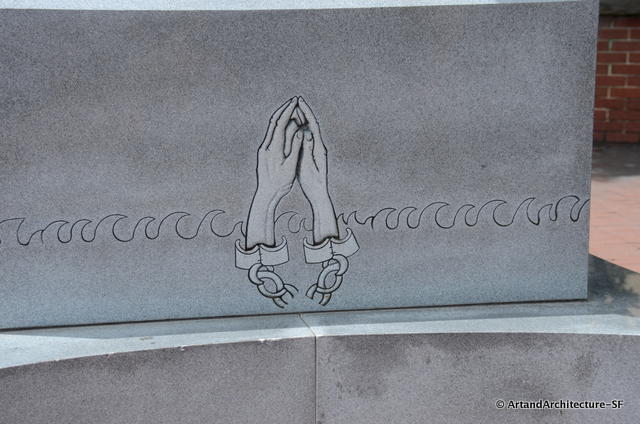
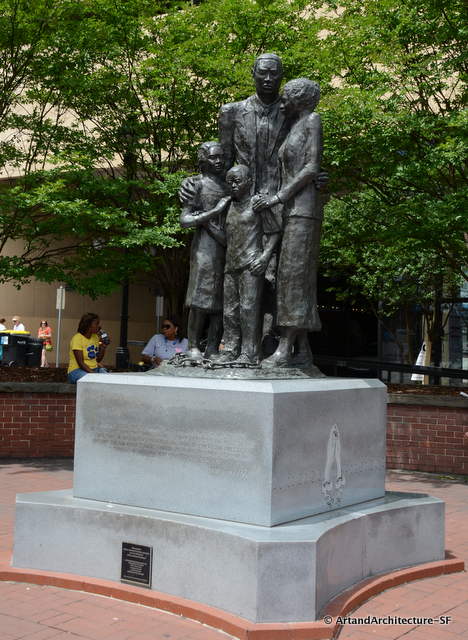
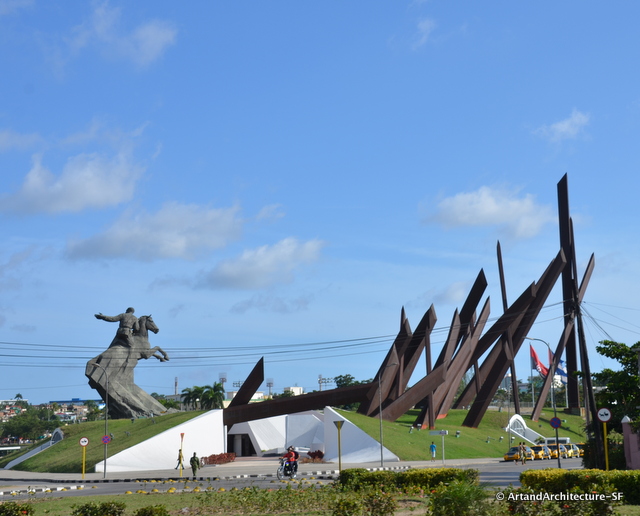
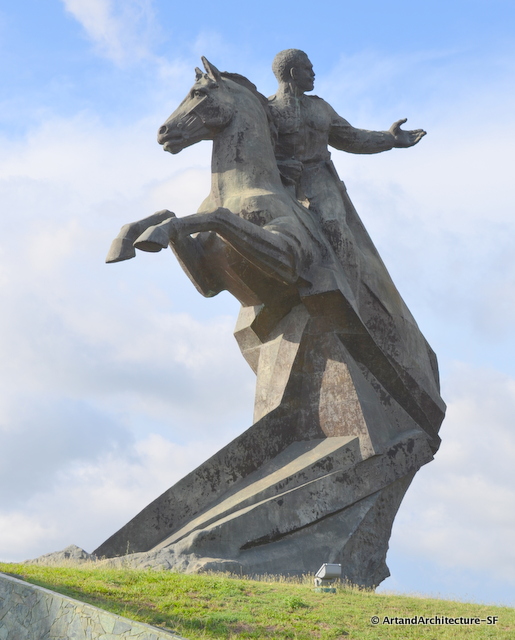
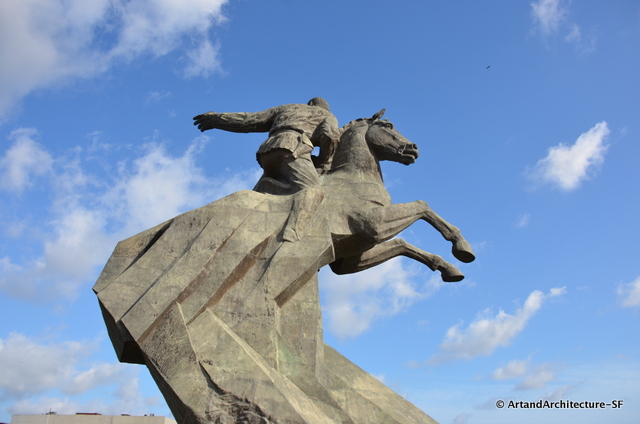
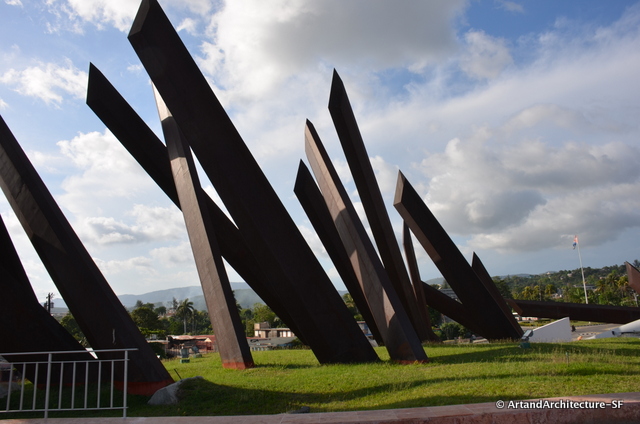
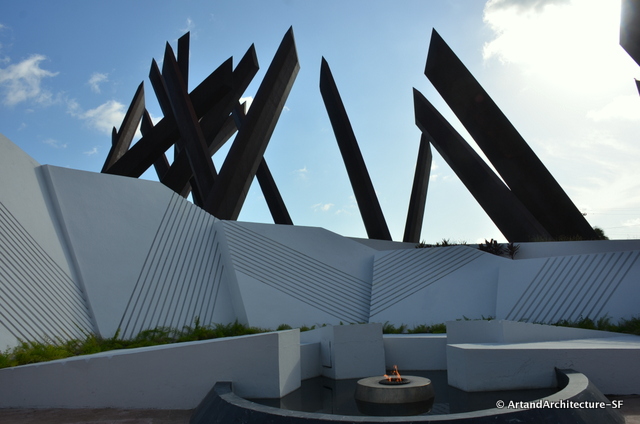
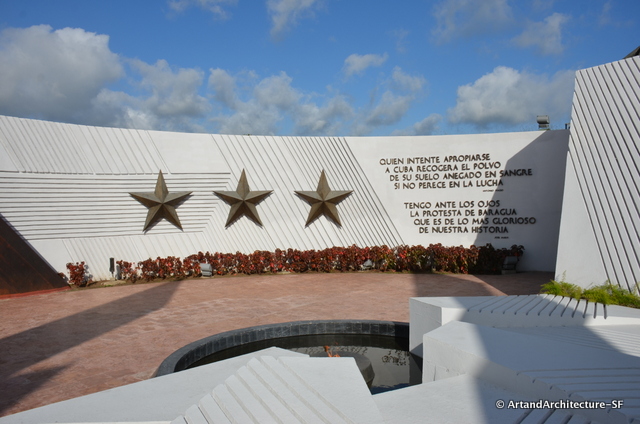
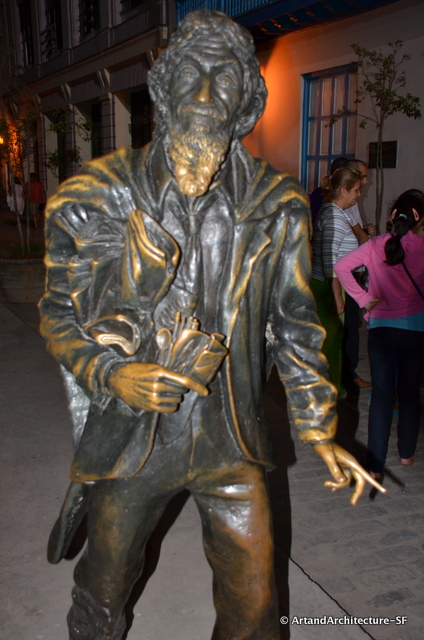
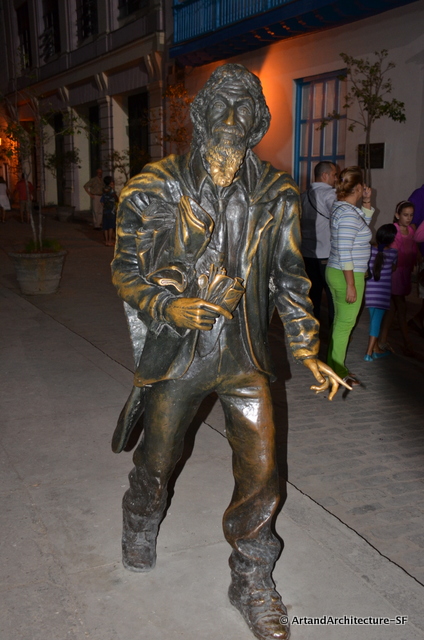
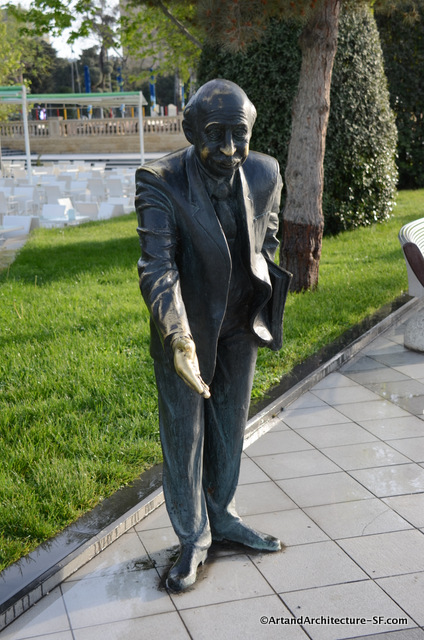
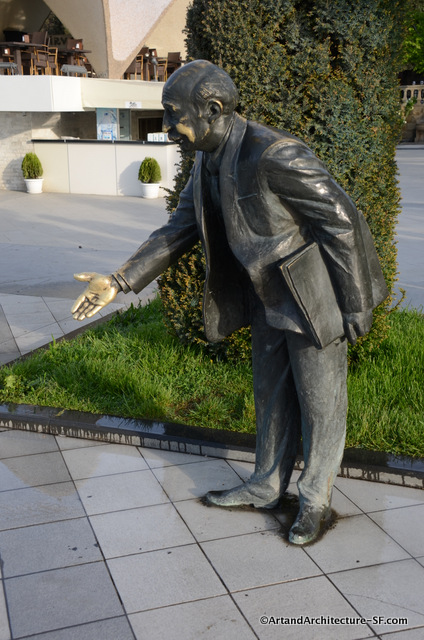
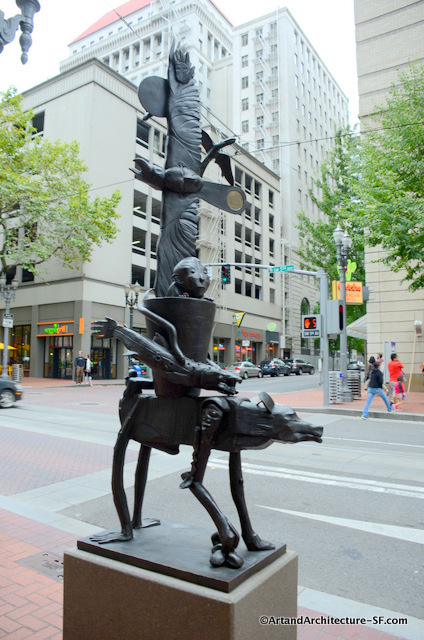
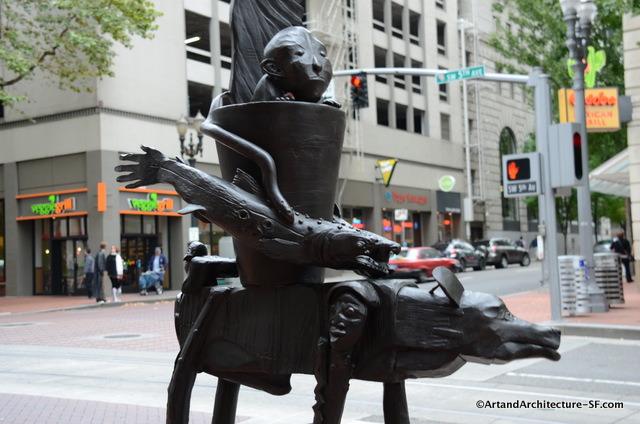
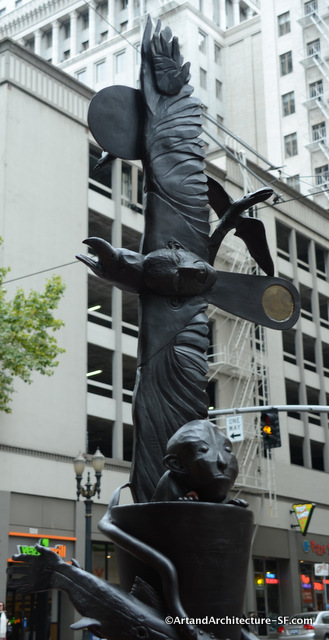


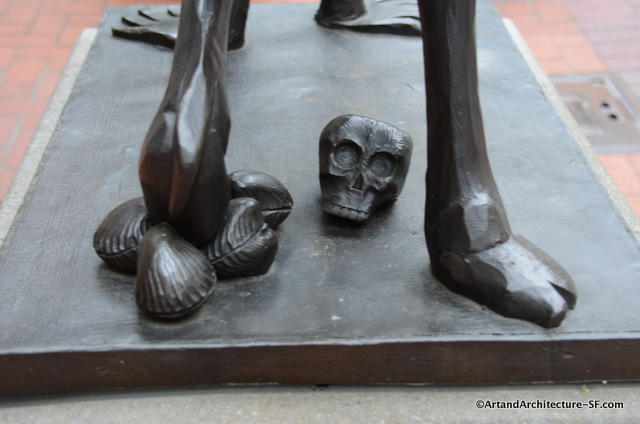
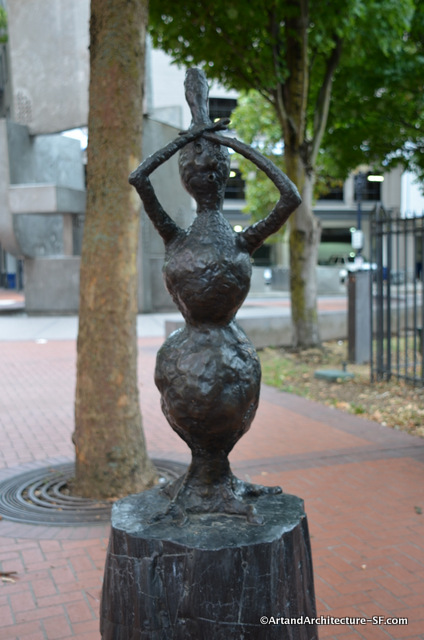
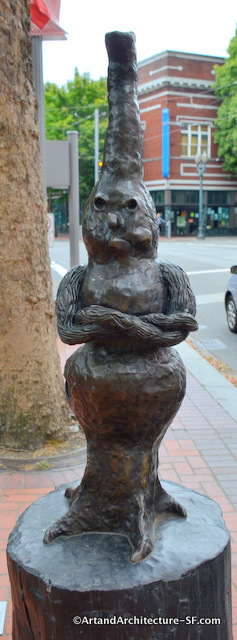
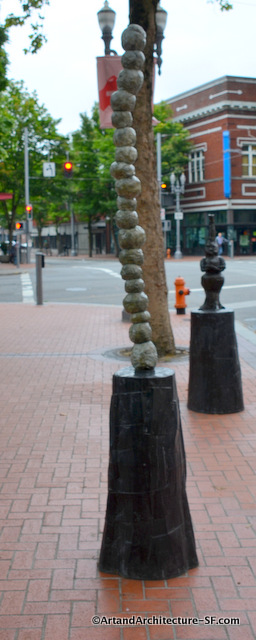
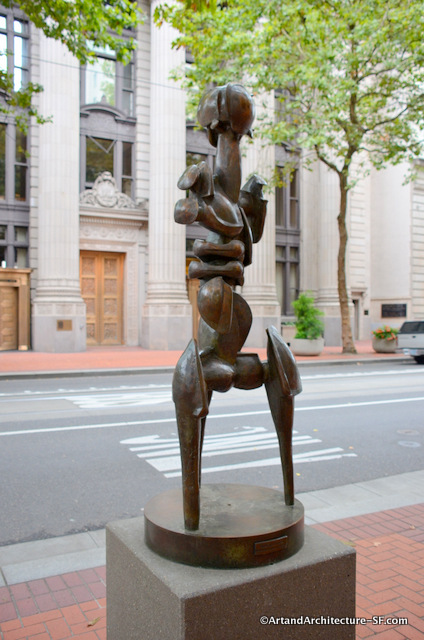
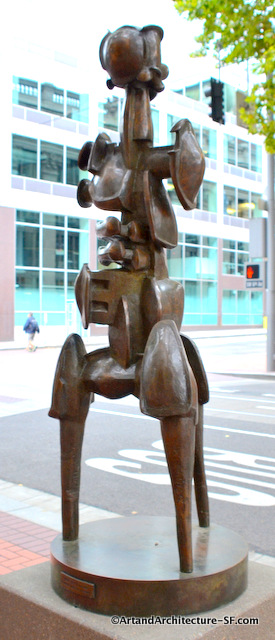

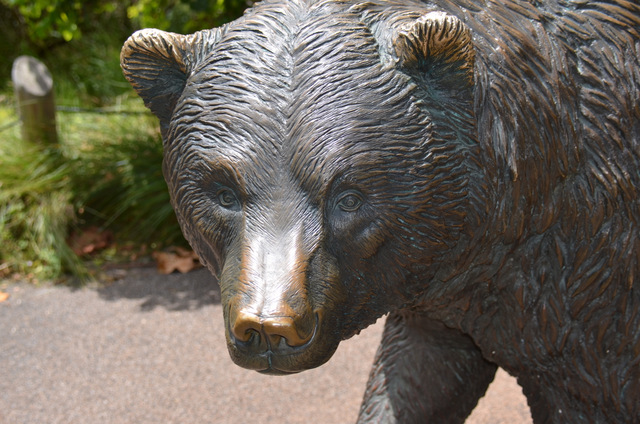
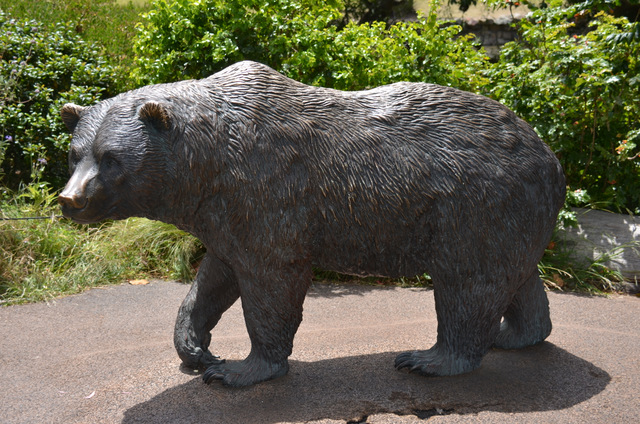
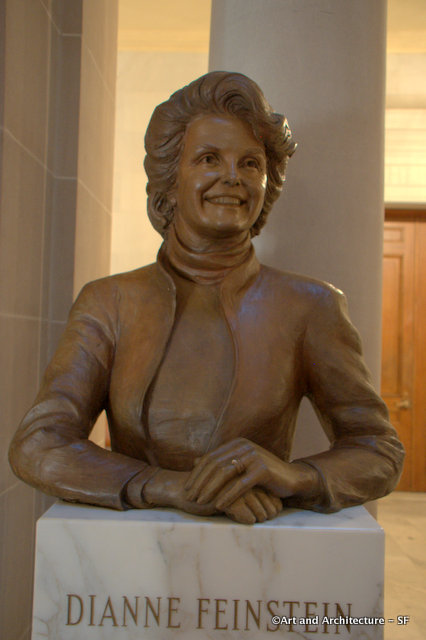
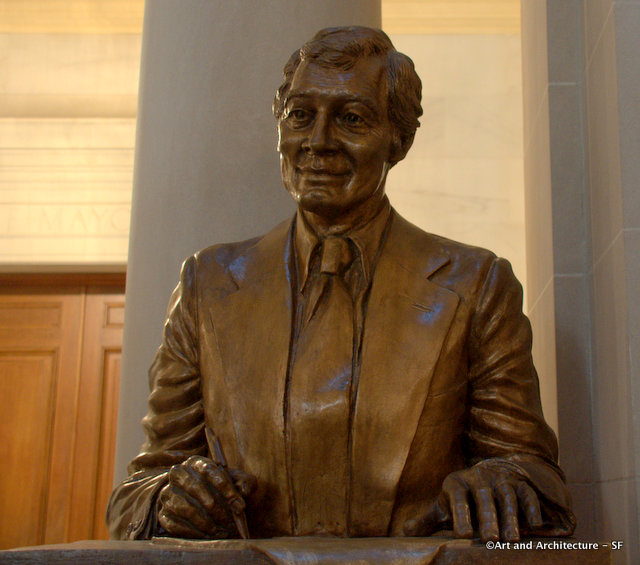
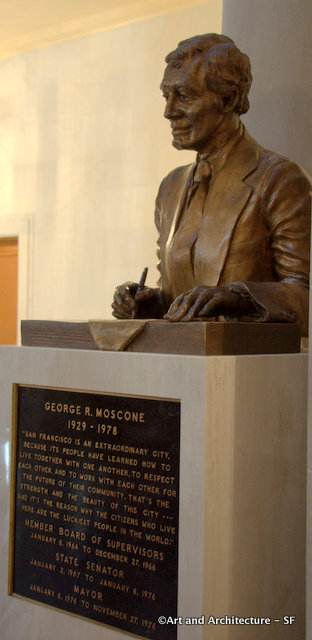
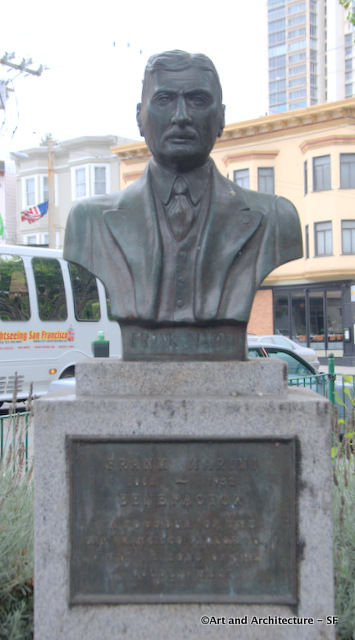
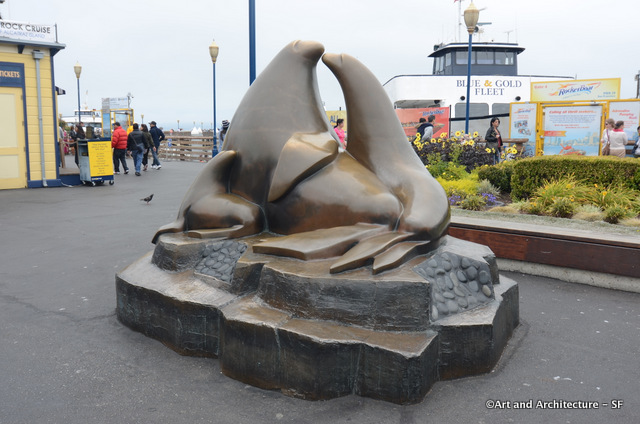
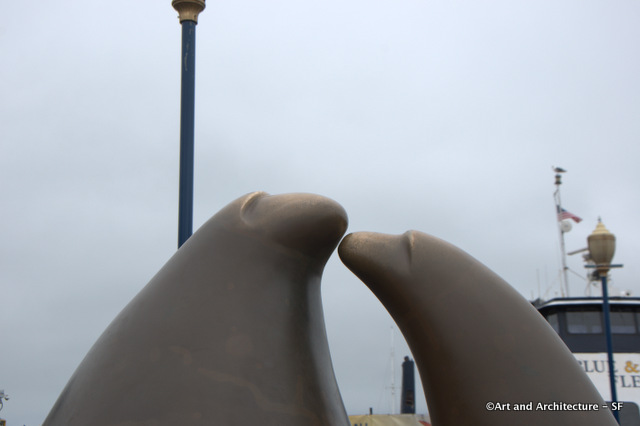
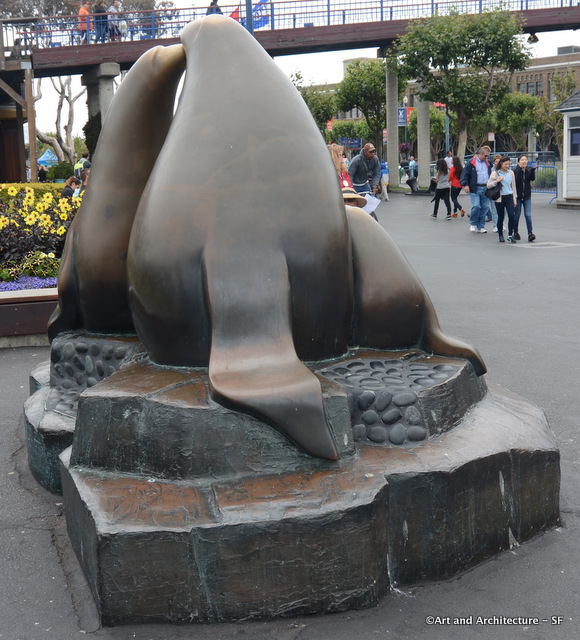
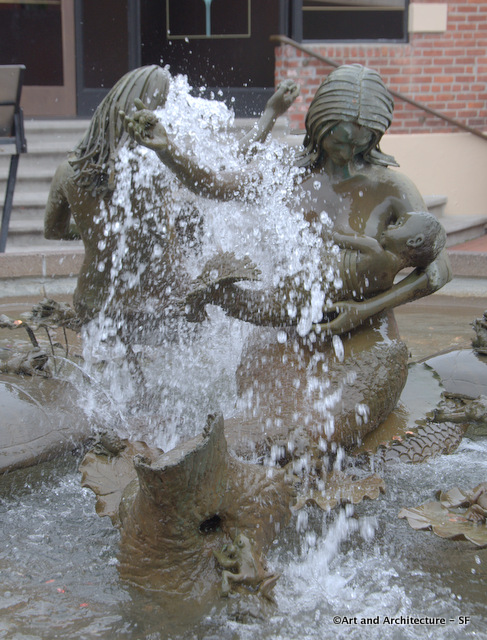
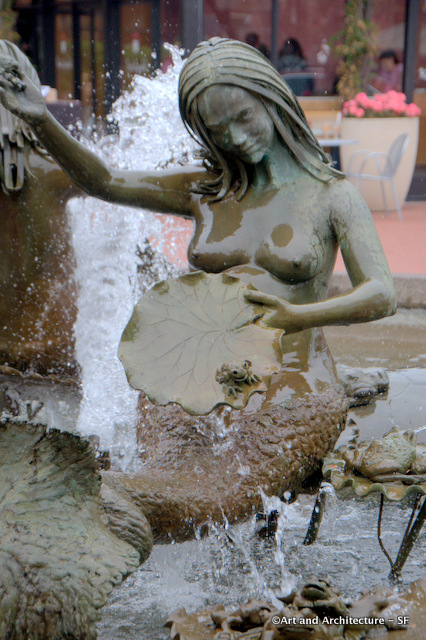
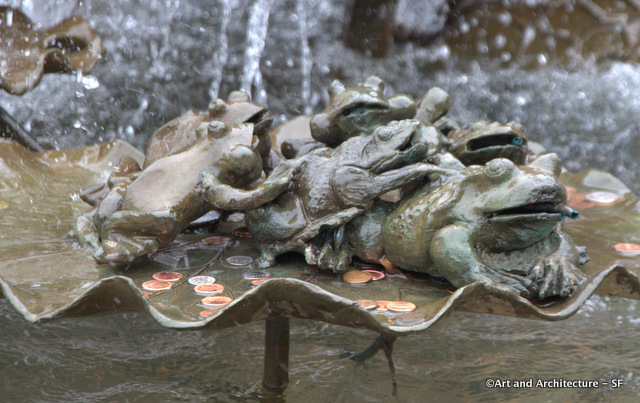

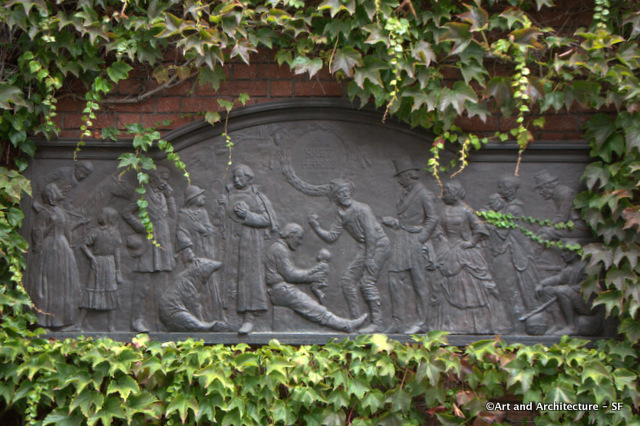
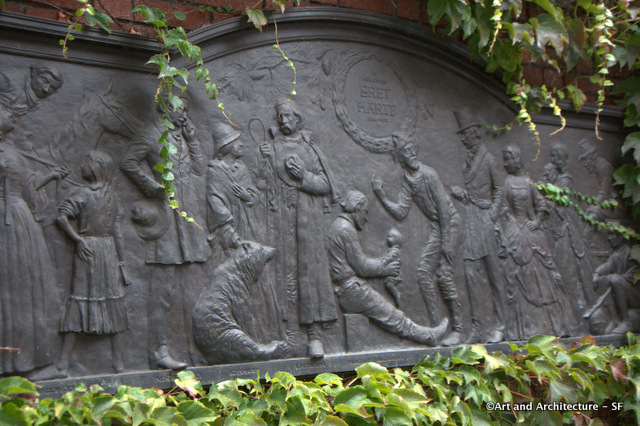
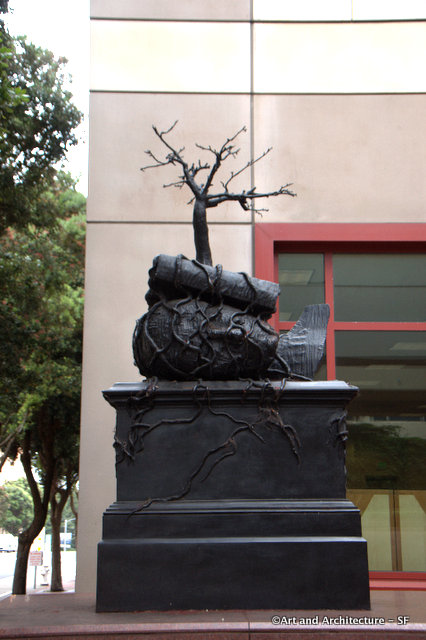
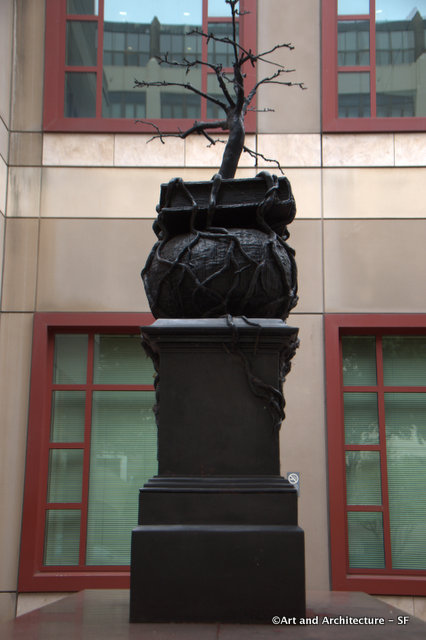
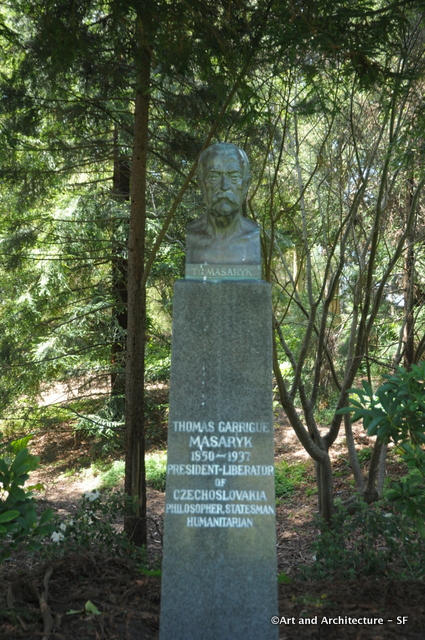
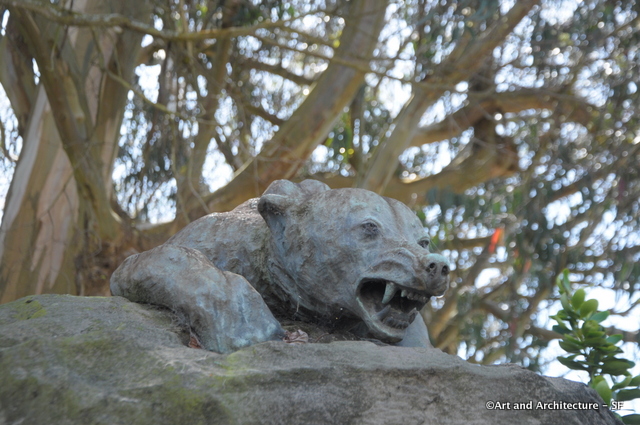
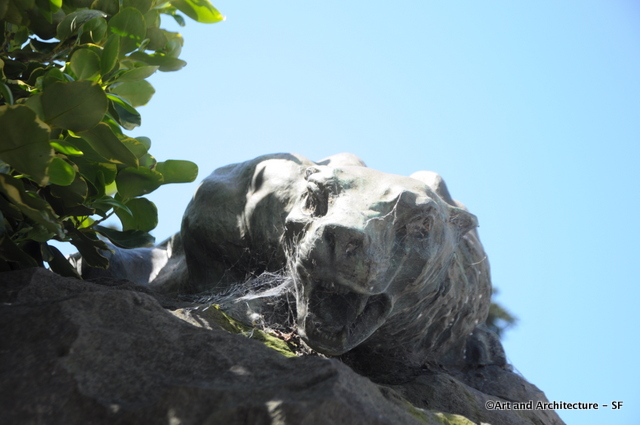
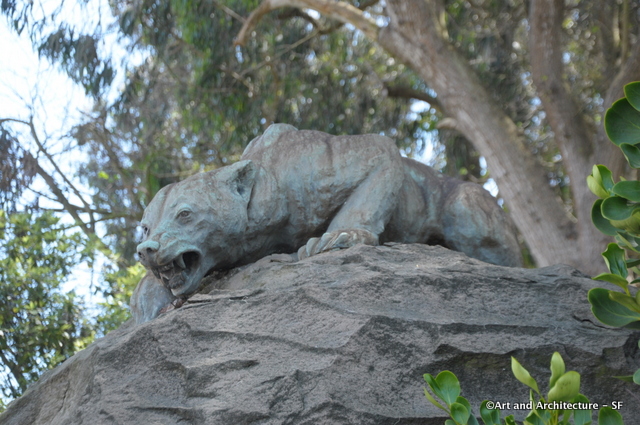

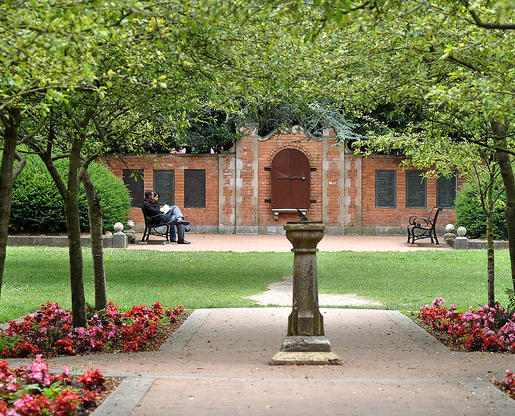
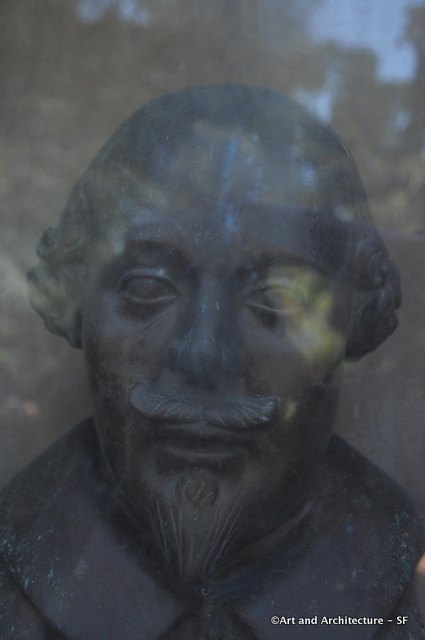
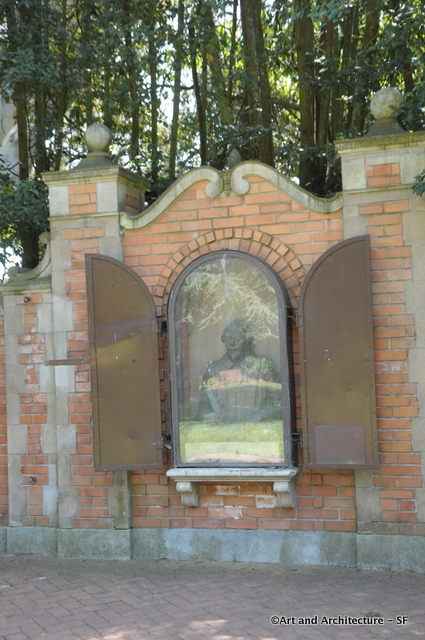


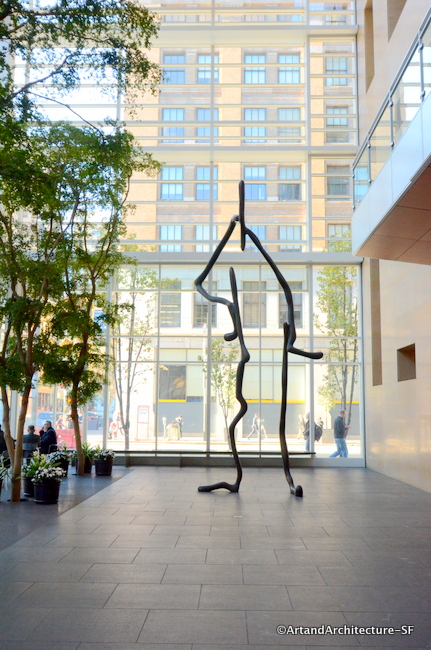
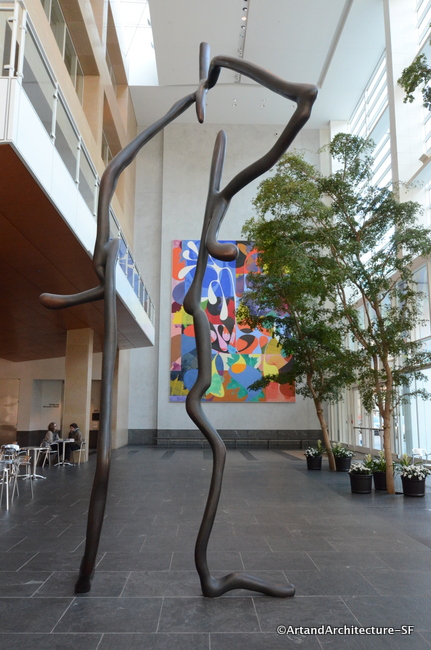

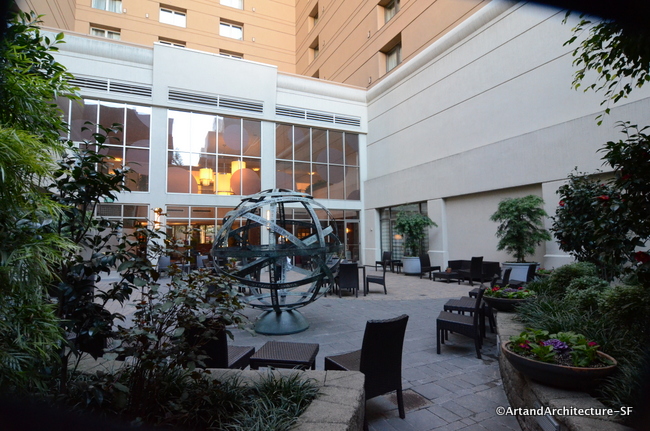 *
*